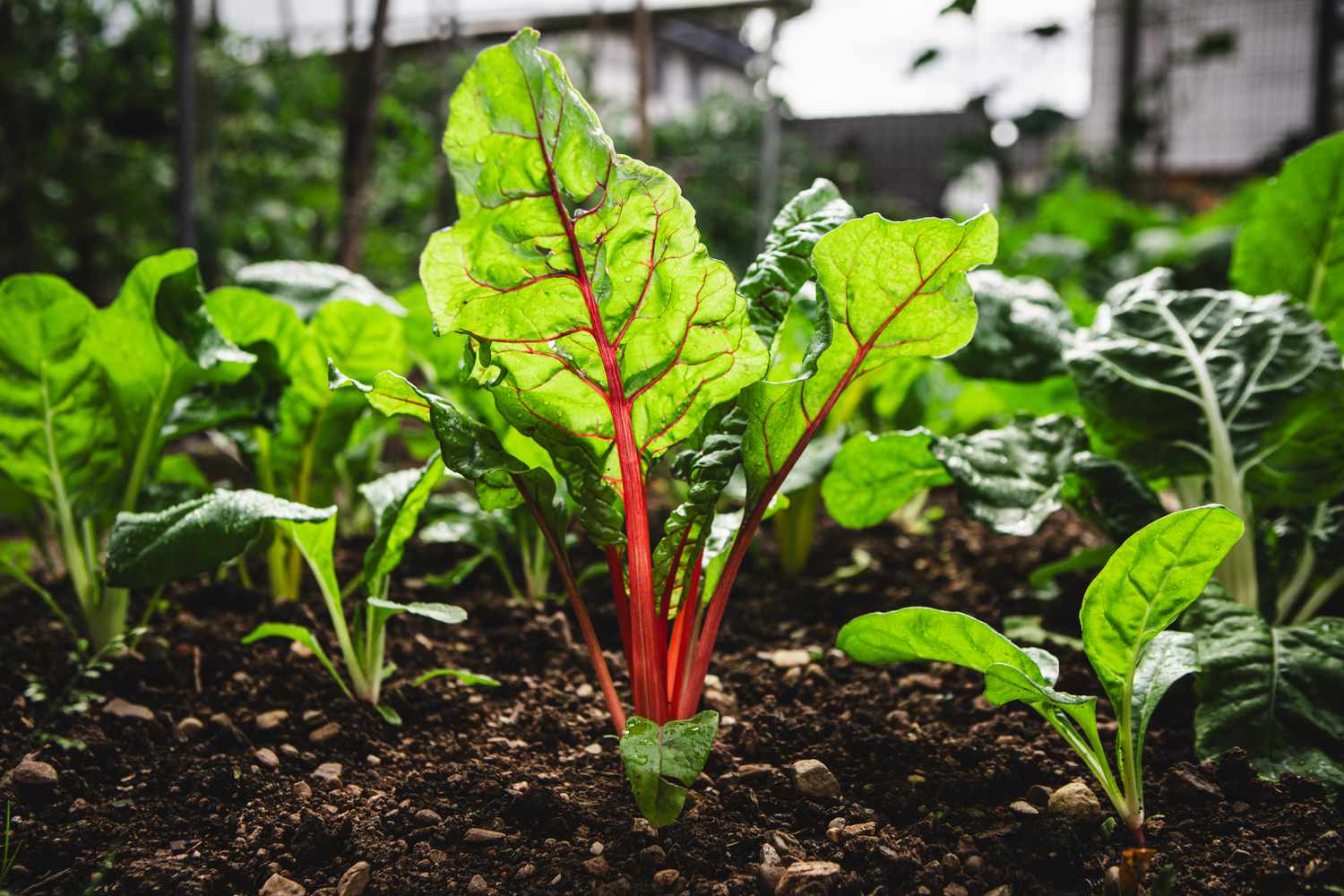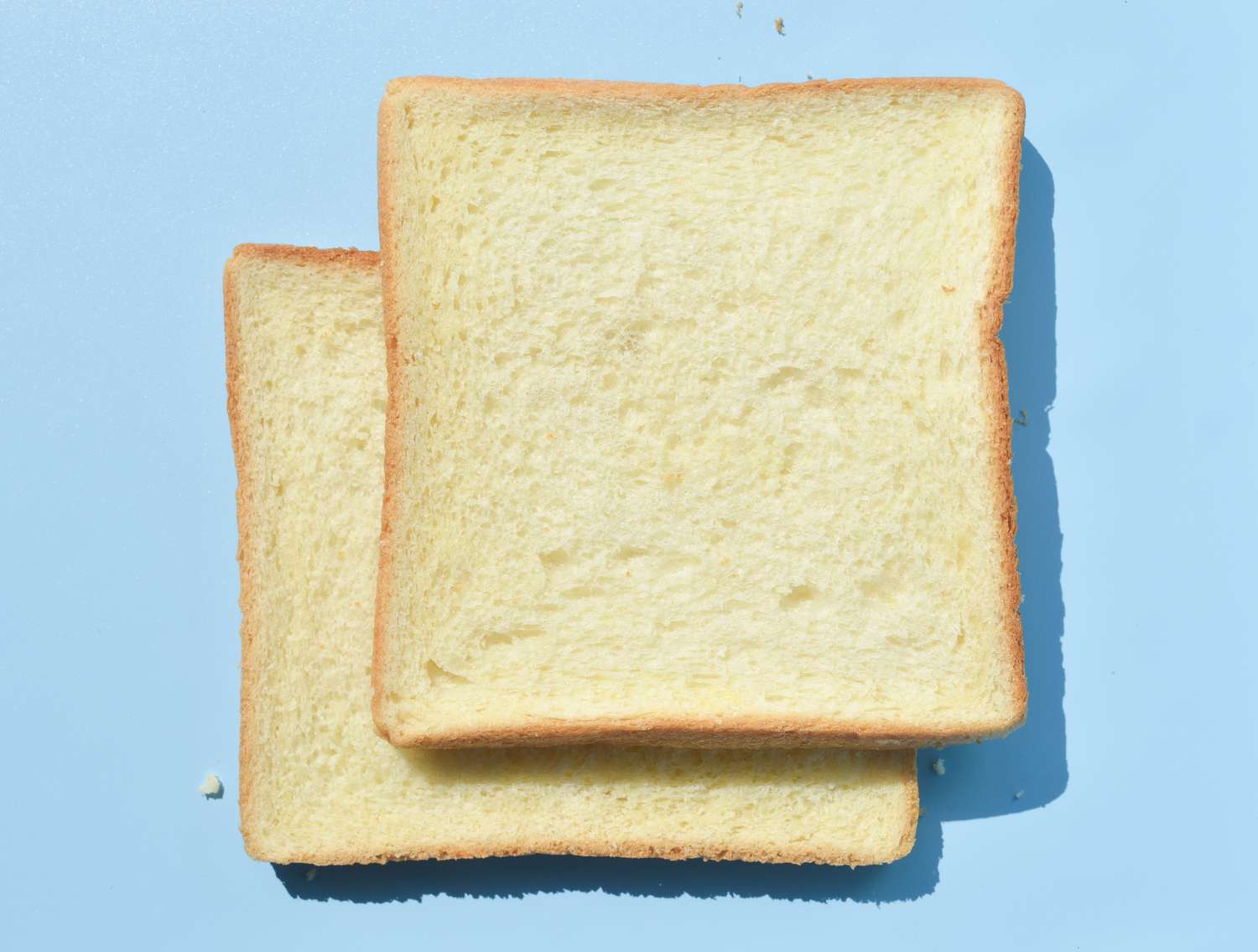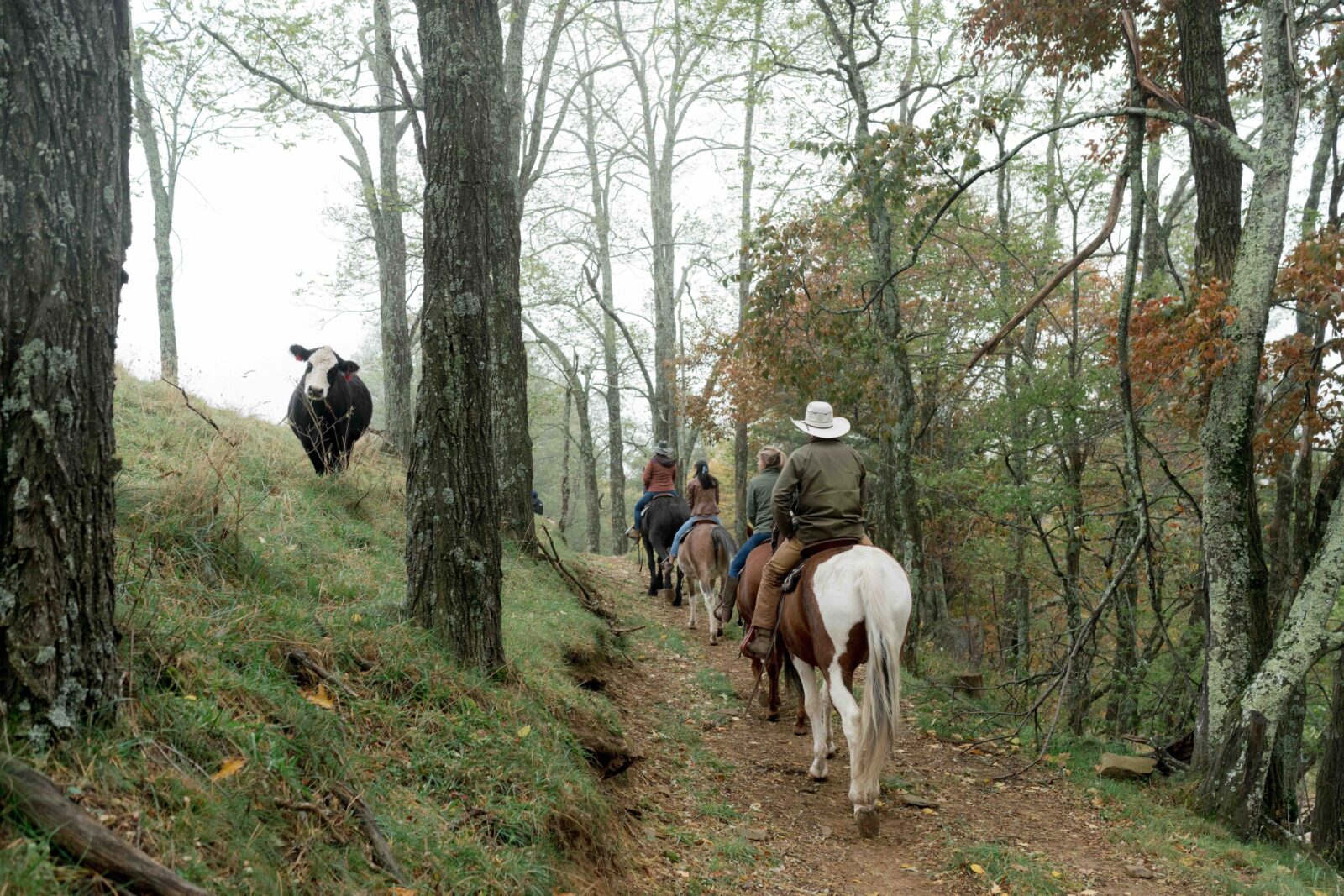
Both Malaysia and Singapore Embrace This Frothy Black Milk Tea as Their National Drink
Teh tarik, a frothy milk tea, is considered the unofficial national drink of Malaysia. The hot, black tea made with sweet condensed milk, is equally popular in neighboring countries like Singapore. Malaysians and Singaporeans will drink teh tarik any time of day.
“Malaysia is one of the few countries where you can get coffee and tea 24 hours a day,” says Ange Branca, chef and owner of Kampar, a Malaysian restaurant in Philadelphia.
Teh tarik translates to “pulled tea.” It’s this tea-pulling method that separates teh tarik from just a simple milk tea. While the coffee world has barista championships, in Malaysia there are teh tarik championships. Contestants display their flair in tea pulling as they pour hot tea from one metal cup to another behind their backs.
Malaysia’s street food culture
Teh tarik is a symbol of Peranakan culture, which refers to people of mixed heritage, most of whom are from Southeast Asia. It emerged from the ingenuity of Indian Muslim immigrants during the British colonial period, finding further popularity at traditional coffee shops, called kopitiams, operated by Peranakan Chinese people.
Kyo Pang, chef and owner of Kopitiam, New York City
“If you go to Malaysia and hang out, we always involve tea and coffee.”
— Kyo Pang, chef and owner of Kopitiam, New York City
According to Kyo Pang, chef and owner of Kopitiam in New York City, teh tarik is a social affair in Malaysia. There, you don’t go to a bar or club to hang out. Unlike in the U.S., where she says that a “hangout usually involves alcohol, if you go to Malaysia and hang out, we always involve tea and coffee.”
You can find teh tarik served frequently in the streets, and kopitiams offer teh tarik throughout the day. In mamak stalls, which are street food venues usually run by Indian Muslim families, teh tarik and roti canai, a flaky South Indian flatbread, is served well into the night.
Both Malaysia and Singapore embrace teh tarik as their local specialty, and kopitiams have spread to other Southeast Asian countries like Indonesia.
“Kaya toast, soft-boiled egg, teh tarik, all of that [are] Singaporean staples,” says Valencia Then, an Indonesian-American who owns Uncle Fung Coffee Stall in Los Angeles.
What is teh tarik?
Teh tarik is made using strong black tea and condensed milk. But what differentiates it from milk tea is the pulling method used to make it, and its signature froth. To pull tea, the hot tea and condensed milk mixture is poured back and forth between two containers until it creates a rich consistency.
ThamKC / Getty Images
Chinese tea was introduced to Malaysia during the 15th century. In 1929, a British businessman established BOH Plantations in Malaysia’s fertile Cameron Highlands, which represented the first tea plantation in the country. The soil and climate in the region are known to produce robust, high-tannic black tea.
In the early 20th century, tea was a prized commodity. All of the leaves were marked for export to the British, which were too expensive for the locals. However, the tea dust left from the production process was cheap and readily available. When the dust is brewed, it results in a tea that’s stronger and higher in tannin content than the already-strong black tea of Cameron Highlands. Indian Muslim immigrants discovered how to make the tea taste better through the addition of condensed milk to sweeten it, and then pulling the tea.
The special process behind pulling tea
“As you hand-pull, it’ll create a natural foam,” says Pang. Hand-pulling the tea will also bring it “to a drinkable temperature.”
Ange Branca, chef and owner of Kampar, Philadelphia
“This tea, before you pull it, smells fantastic,” she says, “but if you drink it, it’s very astringent until you pull it.”
— Ange Branca, chef and owner of Kampar, Philadelphia
Tea pulling might have another benefit, says Branca. Much like the effect of aerating wine, the air contact that the method provides helps soften the tannin in the tea. “This tea, before you pull it, smells fantastic,” she says, “but if you drink it, it’s very astringent until you pull it.”
Branca sometimes lets guests taste traditionally brewed tea and pulled tea side-by-side. “It’s night and day,” she says.
Samsul Said / Bloomberg via Getty Images
The tea used in the drink needs to stand up to the sweetness of the condensed milk. Traditional teh tarik is made with tea dust of Malaysian-grown black tea. It’s brewed through a cloth filter known as a tea sock, which works better to filter out the fine tea dust.
Teh tarik in the United States
Teh tarik is not very common in the U.S., but you can find it at spots like New York City’s Kopitiam, Philadelphia’s Kampar, and Los Angeles’s Uncle Fung Coffee Stall. Proper teh tarik isn’t commonly available because the main ingredient, the tannic black tea from Malaysia, isn’t imported into the U.S. Both Kopitiam and Kampar get BOH tea shipped from Malaysia to serve teh tarik at their restaurants.
According to Branca, any type of black tea just won’t give you the same taste.
“Condensed milk in tea is always going to be good,” says Branca. “But if you’re Malaysian and you’ve had teh tarik in Malaysia, you know what it’s supposed to be. Malaysians tend to not serve it unless they can get high-tannic tea.”
Ange Branca, chef and owner of Kampar, Philadelphia
“Even though tea in other countries is associated with high-class culture and people, teh tarik is a very down-to-earth local Malaysian drink with some of the best teas in the world.”
— Ange Branca, chef and owner of Kampar, Philadelphia
Uncle Fung Coffee Stall serves Indonesian specialty coffee alongside the kopitiam traditions of Malaysia and Singapore. Uncle Fung sources black tea from Malaysia for its teh tarik, but it’s CTC tea, produced using the “crush, tear, curl” method.
The CTC method turns tea leaves into small, uniform pellets, which extract faster than loose-leaf tea. Both CTC tea and tea dust result in a stronger tea than using loose tea leaves. For those who’d like to make teh tarik at home, a CTC Assam tea is a good bet.
Branca loves to introduce teh tarik to her guests and talk about how tea culture integrated into the streets of Malaysia. She says that “even though tea in other countries is associated with high-class culture and people, teh tarik is a very down-to-earth local Malaysian drink with some of the best teas in the world.”










